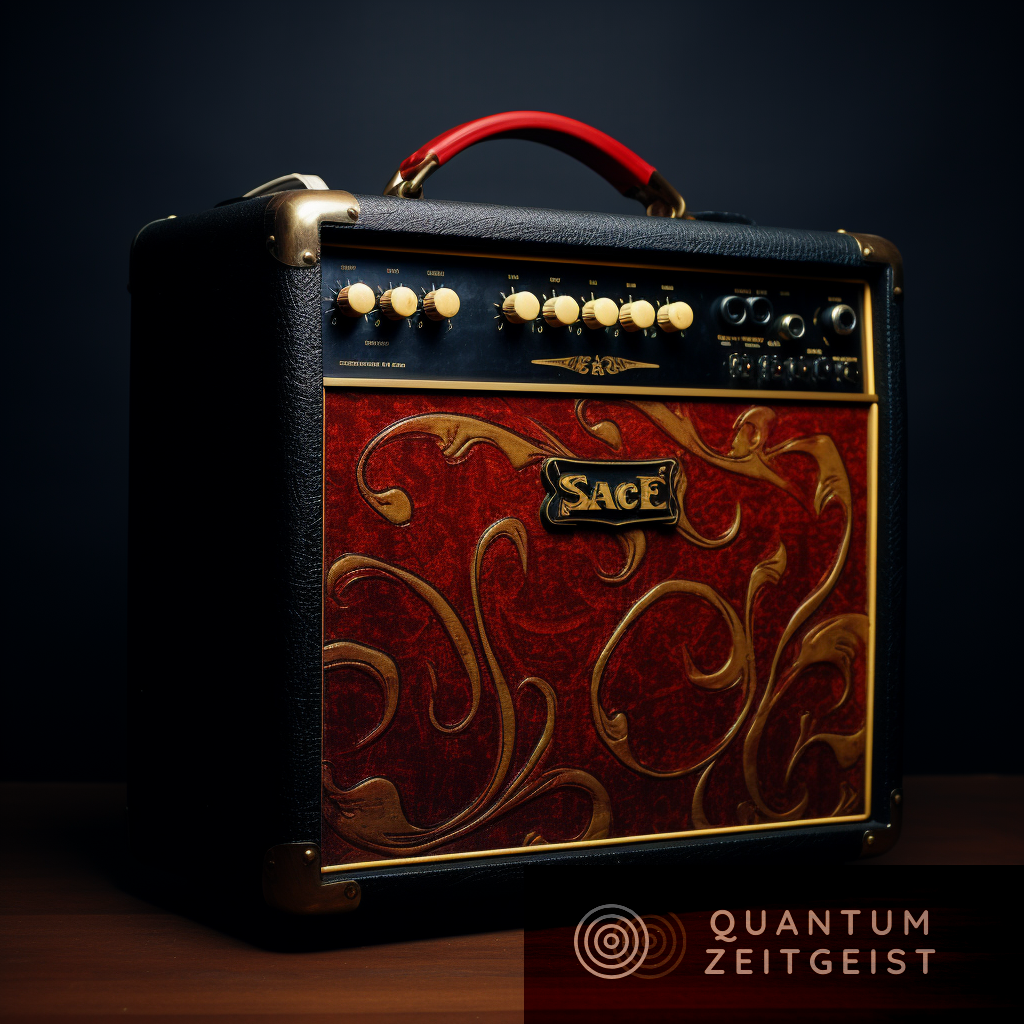The researchers at Rigetti Computing have developed a modular superconducting qubit architecture using a multi-chip tunable coupler. This architecture uses a floating tunable coupler to mediate interactions between qubits on separate chips. Three different designs of multi-chip tunable couplers were demonstrated using vacuum gap capacitors or superconducting indium bump bonds. The researchers showed that the zero-coupling condition between qubits on separate chips can be achieved in each design and that the relaxation rates for the coupler and qubits are not noticeably affected by the extra circuit elements.
They also demonstrated two-qubit gate operations with fidelity at the same level as qubits with a tunable coupler on a single chip. The use of one or more indium bonds does not degrade qubit coherence or impact the performance of two-qubit gates. This work is a significant step towards realizing the promise of quantum computing, which requires systems with sufficiently low error rates to execute algorithms without being overwhelmed by noise and errors.
Modular Superconducting Qubit Architecture
The article discusses the development of a modular architecture for superconducting qubits. This architecture uses a floating tunable coupler to mediate interactions between qubits on separate chips. Three different designs of multi-chip tunable couplers are demonstrated, using vacuum gap capacitors or superconducting indium bump bonds to connect the coupler to a microwave line on a common substrate and then connect to the qubit on the next chip.
The researchers show that the zero-coupling condition between qubits on separate chips can be achieved in each design. They also demonstrate that the relaxation rates for the coupler and qubits are not noticeably affected by the extra circuit elements. Finally, they demonstrate two-qubit gate operations with fidelity at the same level as qubits with a tunable coupler on a single chip.
The Promise of Quantum Computing
To realize the potential of quantum computing, systems with sufficiently low error rates are required to execute algorithms without being overwhelmed by noise and errors. For superconducting quantum processors, one of the challenges is being able to scale up the number of qubits in an architecture without introducing additional channels for correlated gate errors.
One possible solution is to use a modular approach where small high-yielding quantum processors are assembled into larger systems using quantum coherent interconnects. Ultimately, scaling quantum processors while maintaining gate errors below a threshold value should allow the error rate to be reduced by the use of error correction of logical qubits made up of many physical qubits.
Advantages of Modular Devices
On superconducting quantum processors, modular architectures allow larger devices to be built from smaller units, which increases yield and allows for pre-screening before integration. Such modular architectures enable better-performing devices for the assembled processor when compared with larger monolithic devices.
Modular devices also have the advantage of increased isolation between units reducing cross-talk and correlated errors, such as those produced by high-energy background radiation. High-fidelity entanglement of qubits on separate chips was previously demonstrated using static capacitive coupling of frequency tunable qubits to a co-planar transmission line that spanned adjacent chips.
Suppressing Error Rates
Suppressing error rates has been an active area of research to improve the performance of superconducting quantum processors. In particular, tunable couplers have been introduced as useful components to both minimize always-on ZZ interactions and implement fast entangling gates with two-qubit gate fidelities approaching 99.9%.
While tunable couplers have been investigated only on single-chip configurations, a direct qubit-qubit capacitance is not required for the floating tunable coupler, making it a potentially compatible component for modular architectures.
High Performance in a Scalable Modular Architecture
The researchers implement a floating tunable coupler to couple qubits on separate chips to enable high performance in a scalable modular architecture. They first engineer an inter-chip tunable coupler design that is compatible with a modular architecture and robust against modular packaging complexities.
Once they have this basic design they then consider three specific variations with increasing packaging complexity and experimentally validate that the inter-chip coupler designs can mediate both high- and low-coupling interactions between qubits on separate chips without degrading qubit coherence. They also demonstrate a 56 ns parametric-resonance CZ gate with fidelity as high as 99.13% between qubits on separate chips, reaching performance that is comparable to the two-qubit gate realized on qubits fabricated on the same chip.
Quick Summary
Scientists have developed a modular architecture for quantum computing, using a floating tunable coupler to mediate interactions between qubits on separate chips. This design allows for high performance and scalability, with two-qubit gate operations maintaining the same level of fidelity as those on a single chip without degrading qubit coherence.
- Researchers at Rigetti Computing, including Mark Field, Angela Q. Chen, Ben Scharmann, Eyob A. Sete, Feyza Oruc, Kim Vu, Valentin Kosenko, Joshua Y. Mutus, Stefano Poletto, and Andrew Bestwick, have developed a modular architecture for superconducting quantum processors.
- The team used a floating tunable coupler to mediate interactions between qubits on separate chips, demonstrating three different designs of multi-chip tunable couplers.
- The designs used vacuum gap capacitors or superconducting indium bump bonds to connect the coupler to a microwave line on a common substrate and then connect to the qubit on the next chip.
- The researchers showed that the zero-coupling condition between qubits on separate chips can be achieved in each design, and that the relaxation rates for the coupler and qubits are not noticeably affected by the extra circuit elements.
- They also demonstrated two-qubit gate operations with fidelity at the same level as qubits with a tunable coupler on a single chip.
- The use of one or more indium bonds does not degrade qubit coherence or impact the performance of two-qubit gates.
- This modular approach allows for the assembly of larger systems from smaller, high-yielding quantum processors, potentially reducing error rates and improving performance.
Read More.

